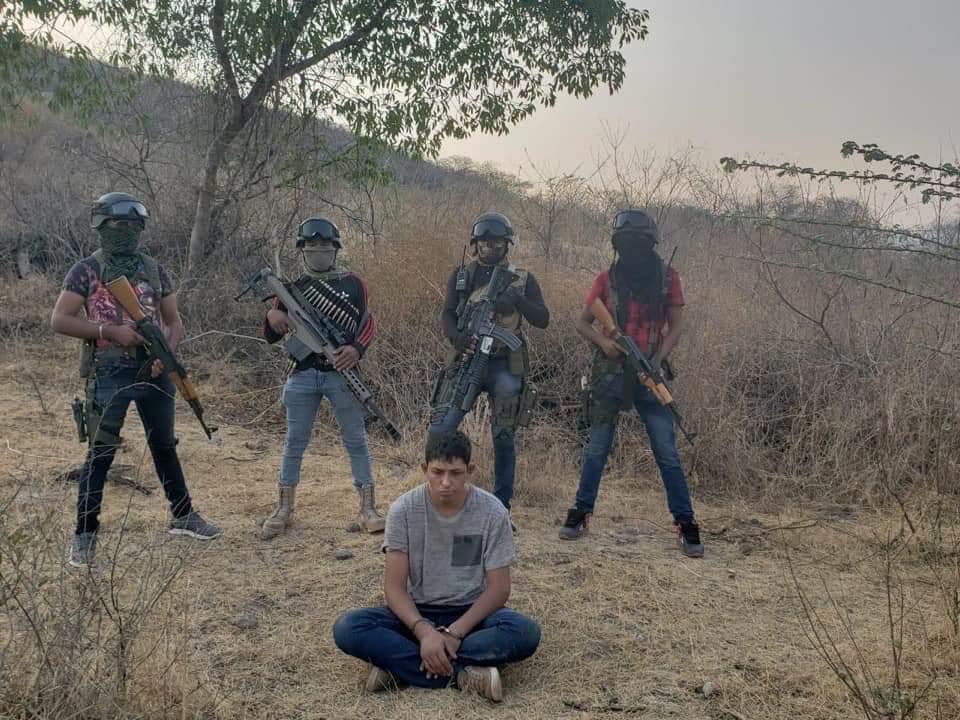

"If anything, Blog del Narco is an account of the facts. It was gruesome, but the violence needed to be documented, because it was happening. "The site was a mess," Correa-Cabrera said.īut everyone read it anyway. It was unclear whether the stories were ripped from other websites or were original reporting. Blog del Narco posted every grim corpse photo and every gory account of assassination without attribution. It was deeply frightening."Īnonymity became the only safeguard for freedom of expression. "We had never seen houses burnt, people massacred like this before. "We were living in some kind of low-intensity war," said Guadalupe Correa-Cabrera, an associate professor at the University of Texas at Brownsville who studies organized crime in her native Mexico. The blog documented the drug war in all its horror: photos of decapitated heads, mutilated torsos and other stomach-jarring acts of violence committed by organized crime to induce terror among the population.įrightened and curious Mexicans read Blog del Narco to understand what was happening to their country. Within months, Blog del Narco was one of the most visited websites in Mexico with 3m monthly visitors. The blog featured raw photos and videos of executions, and gun battles uploaded by anonymous contributors.

Journalism is dead in Reynosa, and I have nothing more to say."Īs Mexico's media outlets stopped reporting on the cartels and the government remained silent, Blog del Narco, launched in March 2010, began to fill the void. "In more and more regions of Mexico, it is impossible to do journalism. When the reporters returned to their newsroom at El Milenio in Mexico City, their editor, Ciro Gomez Lleyva, wrote what was essentially the obituary for press freedom in his country. Only two of the kidnapped reporters survived.

The offices of news organizations across northern Mexico were attacked with grenades and strafed with gunfire. In the first two months of 2010, eight journalists were kidnapped in the border city of Reynosa. In the neighboring state of Tamaulipas, the leading gubernatorial candidate was assassinated, and the border cities of Camargo and Mier became ghost towns. Monterrey, an economic engine of the country and once famously known as the safest city in Latin America, was engulfed by narco blockades and gun battles. In 2010, the birth year of the popular and controversial website Blog del Narco, Mexico's tumultuous drug war reached a turning point.


 0 kommentar(er)
0 kommentar(er)
